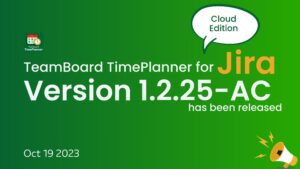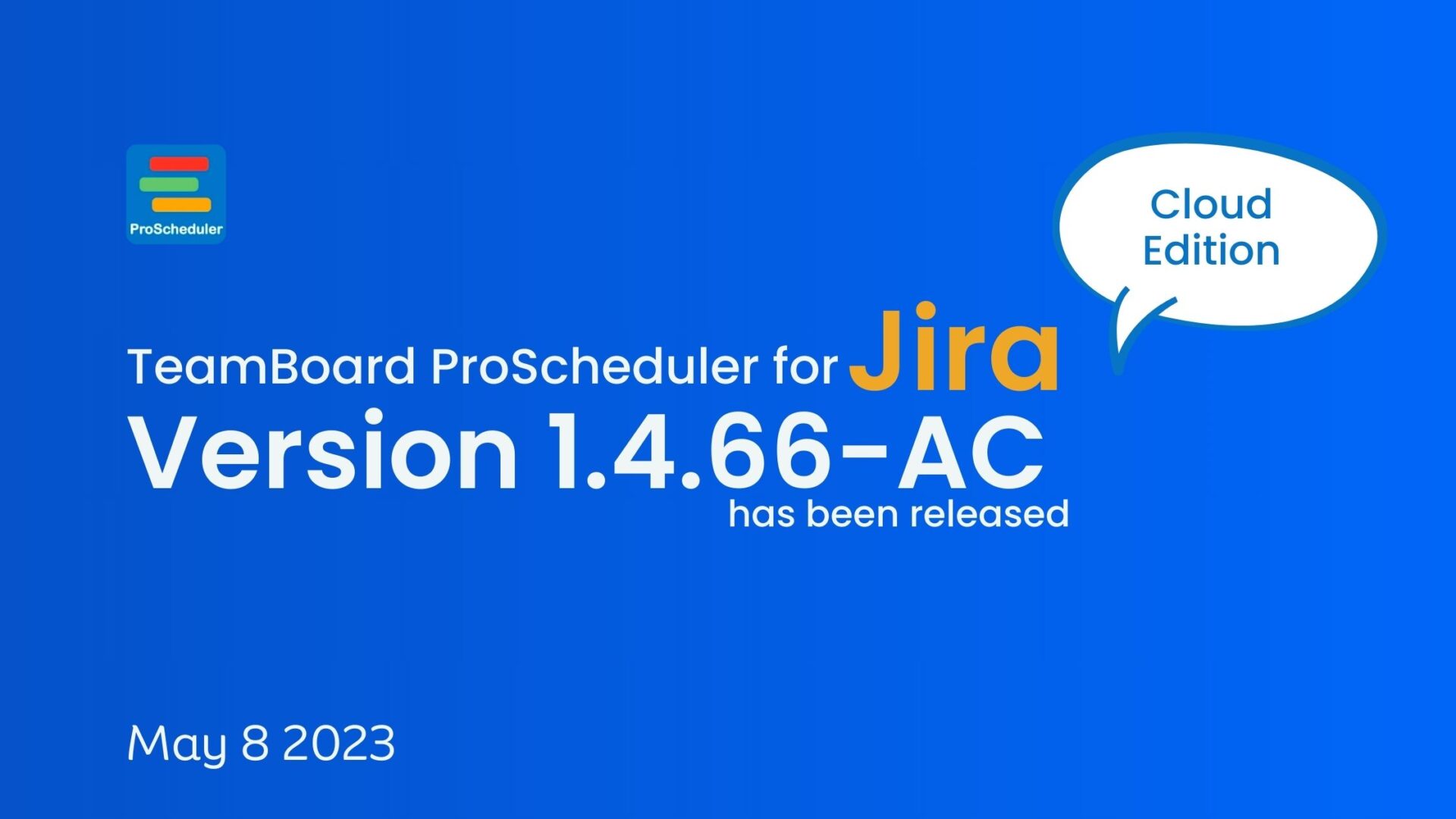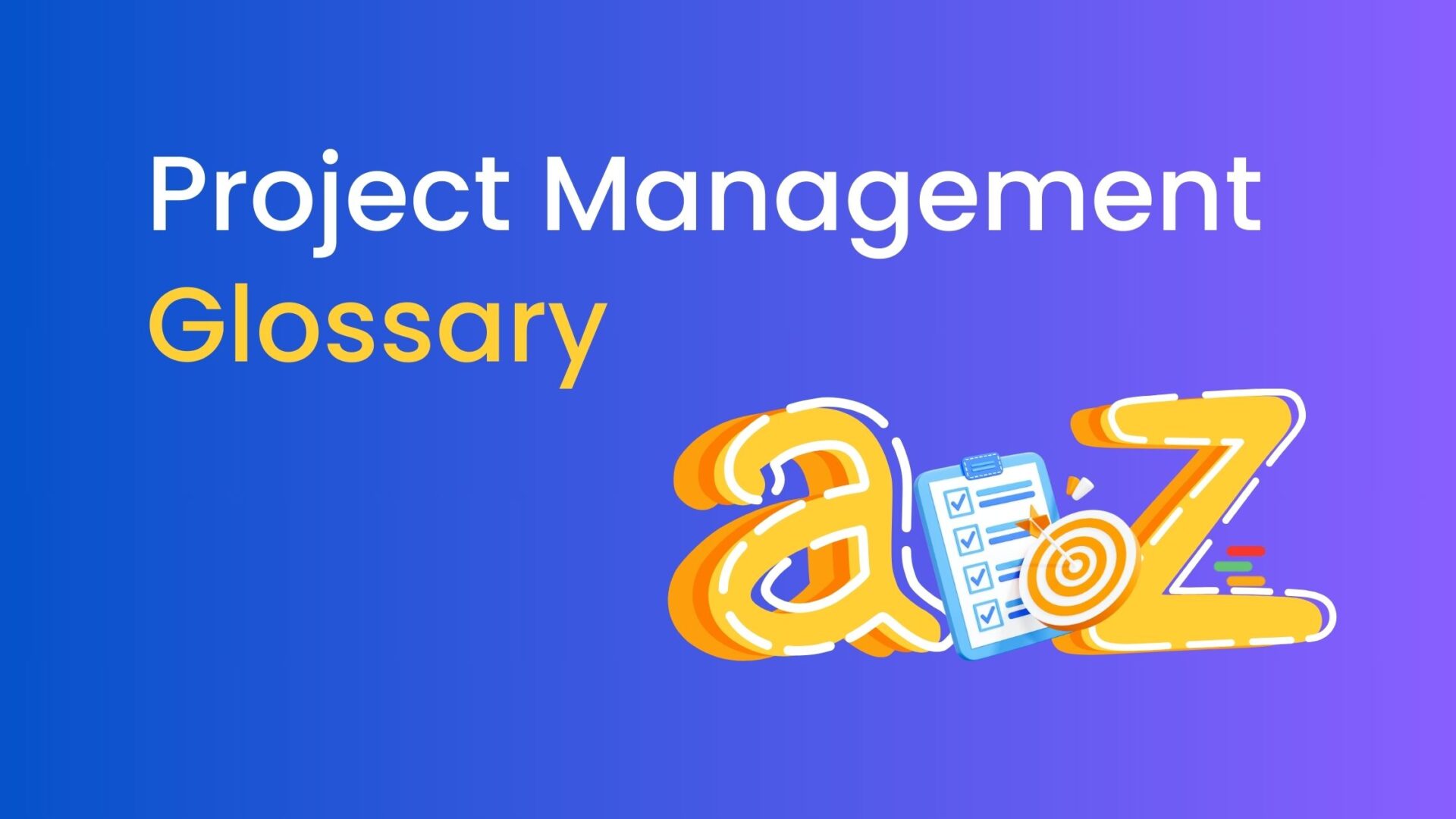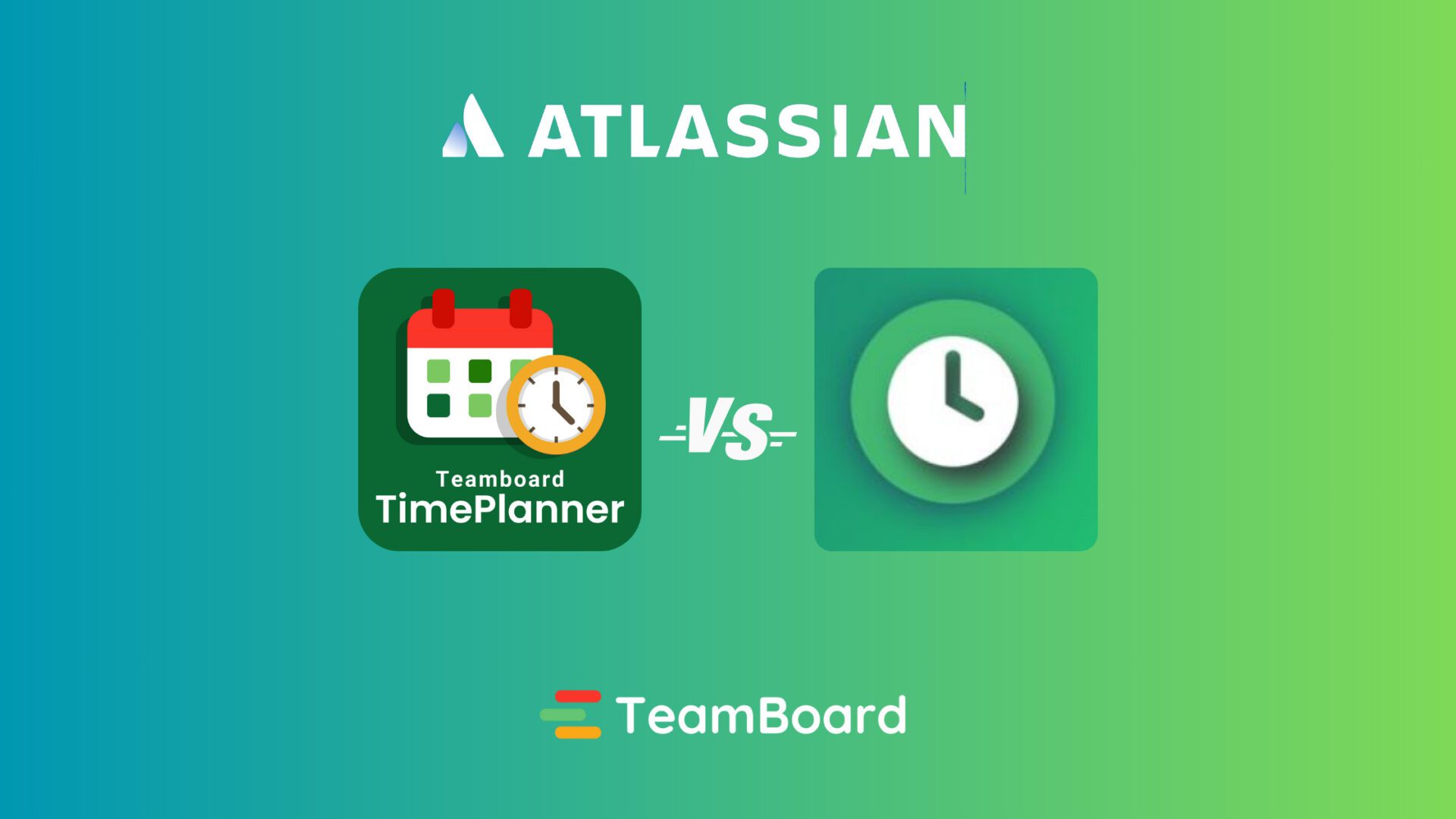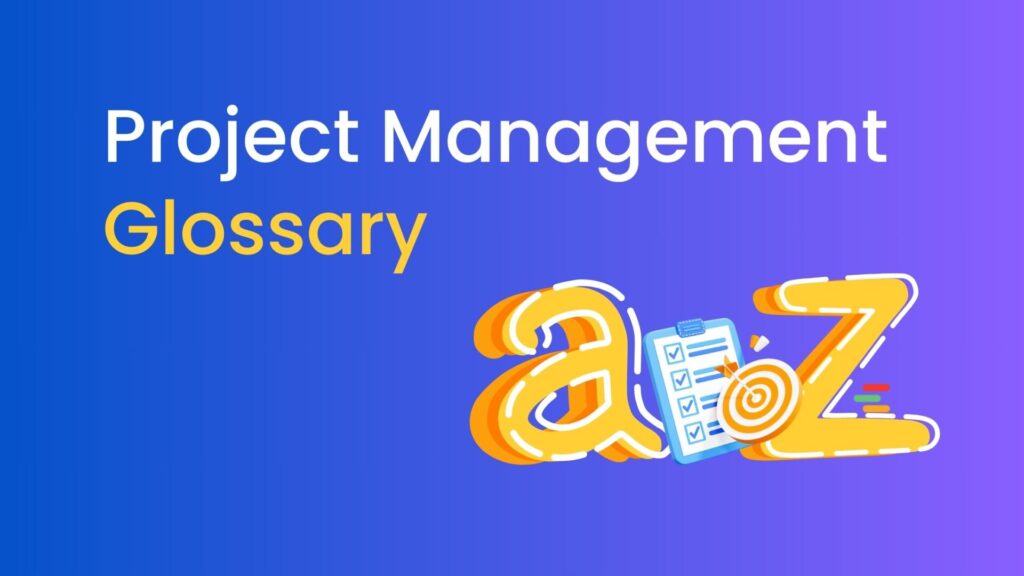In today’s fast-paced digital era, the right project management tool can make all the difference. Amidst a sea of options, Jira by Atlassian emerges as a beacon for modern project managers. Its adaptability, powerful features, and user-friendly interface set it apart. But what truly makes Jira the preferred choice for teams worldwide? In this exploration of Using Jira for project management, we’ll uncover the reasons behind its acclaim and how it addresses the dynamic challenges of contemporary project management. Join us as we dive into the world of Jira and its unmatched capabilities.

Table of Contents
I. Dive into Jira’s Features
The strength of any project management tool lies in its features, and Jira is no exception. Here’s an exploration of some of its standout capabilities:
1. Task Management Simplified
- Centralized Tracking: With Jira, tracking tasks and issues becomes a breeze. Every task, from the smallest bug to the most significant project milestone, is accounted for and can be viewed, edited, and managed from a single dashboard.
- Prioritization and Assignment: Not all tasks are created equal. Jira’s intuitive interface allows for easy prioritization, ensuring the most pressing issues get addressed first. Additionally, tasks can be swiftly assigned to team members, ensuring clarity on responsibilities.
- Custom Fields and Filters: Every project has unique requirements. With Jira, you can add custom fields to issues and use filters to quickly sift through tasks, making it easier to find exactly what you’re looking for.
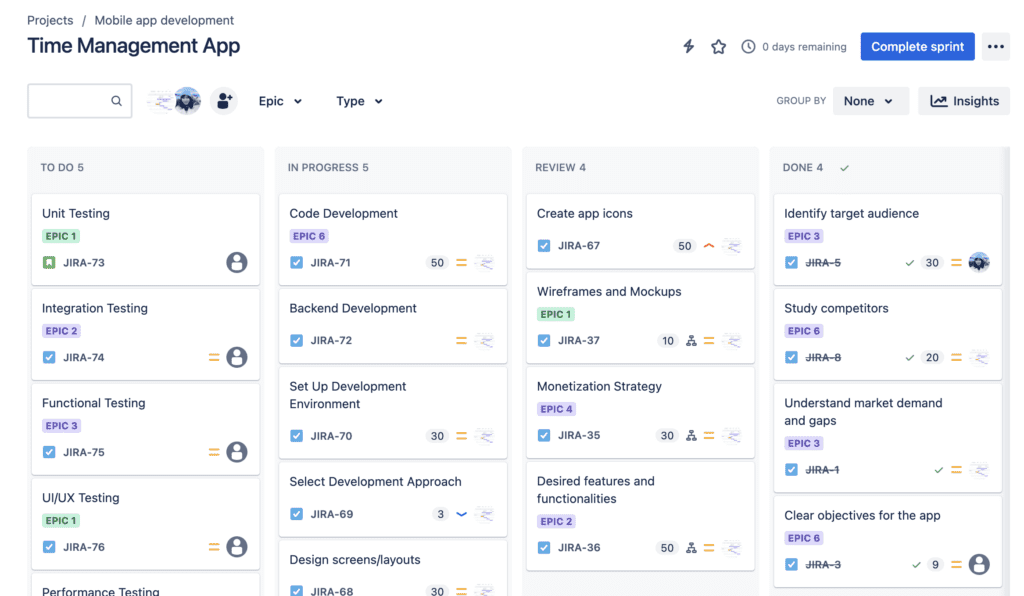
2. Agile at its Best
- Revolutionizing Agile: Jira is not just any project management tool, it’s an Agile powerhouse. Whether you’re a Scrum enthusiast or a Kanban practitioner, Jira has you covered with dedicated boards and workflows.
- Sprint Management: For Scrum teams, sprint planning is crucial. Jira allows teams to plan sprints efficiently, track sprint progress, and even conduct sprint retrospectives, all from a centralized location.
- Kanban Boards: Visualize your team’s workflow in real-time with Jira’s Kanban boards. Move tasks seamlessly across columns, set WIP (work in progress) limits, and ensure a smooth flow of work.
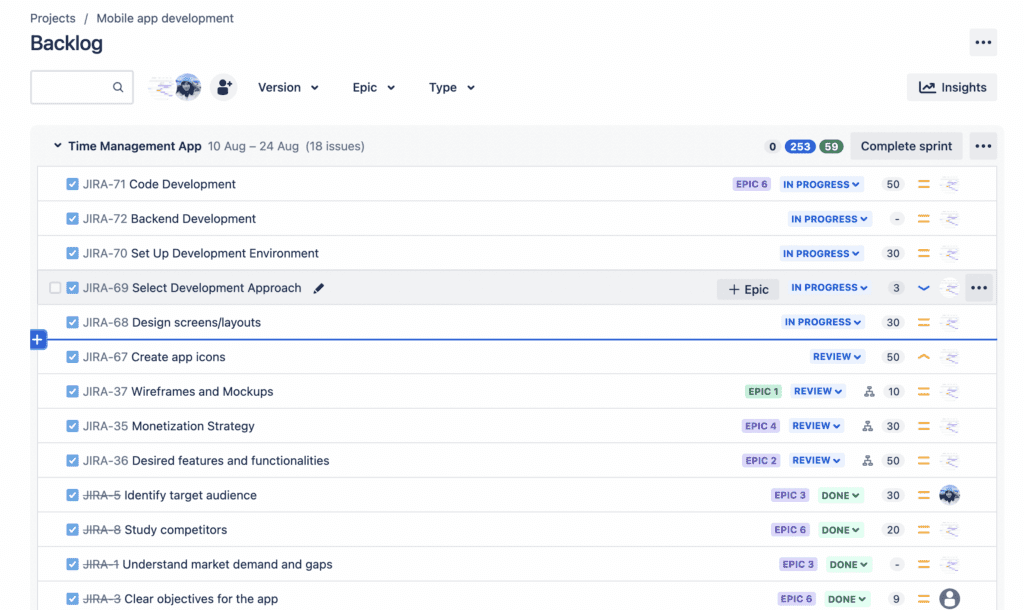
3. Reporting and Analytics
- Data at Your Fingertips: Effective project management requires informed decision-making. Jira’s dashboards offer a range of customizable charts and graphs that provide insights into project health, velocity, burn-down rates, and more.
- Predictive Analytics: Go a step further with Jira’s advanced analytics. Predict potential roadblocks, understand team velocities, and anticipate project delivery dates, ensuring you’re always one step ahead.
II. Jira Adapt to Every Team’s Needs
Every team, be it a budding startup or a sprawling enterprise, has its distinct rhythm, processes, and requirements. What sets Jira apart is its inherent ability to mold itself to fit these unique needs. Let’s explore how:
1. Workflow Customizations
- Tailored Processes: With Jira, you’re not boxed into a one-size-fits-all workflow. Teams can design and implement workflows that mirror their real-world processes, ensuring a natural and intuitive project management experience.
- Automation Magic: Time is of the essence in project management. Jira’s automation rules allow repetitive tasks to be handled automatically. Whether it’s sending reminders, transitioning tasks, or updating fields, Jira ensures your team can focus on what truly matters.
- Status and Transition Controls: Every project stage is crucial. With Jira, teams can define custom statuses and control how tasks transition between these states, ensuring clarity and preventing bottlenecks.
2. The Power of Atlassian’s Marketplace
- Endless Extensions: The Atlassian Marketplace is a treasure trove of plugins and extensions. From advanced testing tools to time tracking solutions, teams can augment Jira’s capabilities to suit their specific needs.
- Seamless Integrations: Collaboration is vital, and Jira gets it. Through the marketplace, teams can seamlessly integrate Jira with tools they already use – be it communication platforms like Slack or code repositories like Bitbucket.
- User Reviews and Recommendations: The marketplace isn’t just a place to find tools; it’s a community. Teams can benefit from user reviews, ratings, and recommendations, ensuring they pick the right extensions for their needs.
3. Growth and Scalability
- From Five to Five Thousand: Whether you’re a team of five or five thousand, Jira scales with you. As teams grow, Jira’s features expand, ensuring that increasing complexities are comfortably handled.
- Security at Scale: With growth comes the need for enhanced security. Jira offers advanced permissions, security schemes, and even data encryption to ensure your project data remains uncompromised.
- Infrastructure Options: As organizations grow, their infrastructure needs change. Jira provides flexibility here too, with options ranging from cloud-hosted solutions to server and data center deployments
III. Collaboration and Team Dynamics
In the interconnected world of modern project management, collaboration isn’t just a bonus; it’s a necessity. A tool’s efficacy can often be gauged by how effortlessly it allows teams to work together, share insights, and move toward a unified goal. Jira shines brightly in this domain. Here’s how:
1. Building a Collaborative Environment
- Unified Workspace: Jira acts as a central hub where team members converge, discuss, and collaborate. With everything from tasks to comments accessible in one place, silos are eliminated, promoting a cohesive work environment.
- Real-time Updates: In the dynamic world of projects, staying updated is crucial. Jira’s real-time task boards and notification systems ensure that every team member is always in the loop, eliminating the risks of overlapping work or missed updates.
- Shared Documentation: Jira’s seamless integration with Confluence means that teams can collaboratively create, share, and update documentation. Whether it’s a product requirement document or a project retrospective, all essential records are at your team’s fingertips.
2. Effective Communication Channels
- Contextual Conversations: With Jira’s in-issue commenting system, discussions aren’t scattered across email threads or chat apps. Every conversation is attached to its relevant task, ensuring context is never lost.
- Mentions and Alerts: Need a team member’s attention? Jira’s system makes it simple. Whether you’re seeking feedback, require a task update, or want to assign a new task, a quick mention ensures immediate notification.
- Feedback Loops: Collaboration thrives on feedback. Jira’s intuitive interface promotes active discussions, allowing teams to provide instantaneous feedback, be it through comments, task statuses, or custom labels.
Read more: The convenient way to build strong teams
3. Accessibility: Jira on Mobile
- Stay Connected on the Go: Modern work isn’t confined to desks. With Jira’s mobile app, teams can track progress, update tasks, and communicate seamlessly, even while on the move.
- Real-time Notifications: Whether you’re away from your desk or in transit, Jira’s mobile app ensures you’re notified of essential updates instantly. Never miss a task update or an urgent message again.
- Quick Task Creation: Inspiration can strike anywhere. With Jira on mobile, creating new tasks, attaching files, or adding comments is just a tap away, ensuring that no idea is ever lost.
IV. Cost Analysis: Is Jira Worth the Investment?
Considering Jira? Let’s quickly break down its cost implications versus its benefits:
1. Jira’s Pricing Breakdown
- Tiered Plans: Jira offers varied plans for different team needs. Be sure to choose wisely.
- Potential Add-ons: Remember, specialized features or plugins might increase costs.
2. The ROI of Jira
- Efficiency: Jira boosts productivity, saving both time and money.
- Accuracy: Real-time tracking reduces costly errors.
- Collaboration: Faster communication and teamwork lead to quicker project completions.
3. Jira vs. Others
- Value for Money: Often, Jira packs in more features for the price compared to competitors.
- Integration Costs: Jira’s adaptability can save money on migrations and integrations.
V. Expert Tips and Resources
Unlock the full potential of Jira with these handpicked resources and seasoned advice.
1. Top Resources for Jira Mastery
- Official Atlassian Documentation: Your primary guide to all things Jira.
- Jira Community Forums: Dive into discussions, solutions, and shared user experiences.
- Video Tutorials: Platforms like Udemy offer concise courses for visual learners.
- Jira Guru Document: A compact free guide for beginners to best practices by DevSamurai
10 Tips to Get the Most Out of Your Jira Project Management Tool
How to use Jira for project management | Step-by-Step Guide
2. Pro Tips for Optimizing Jira
- Customize Fearlessly: Adapt Jira to fit your team’s unique needs.
- Regular Clean-Up: Keep your Jira environment efficient by periodically removing redundancies.
- Master Keyboard Shortcuts: Speed up your tasks with Jira’s handy shortcuts.
- Leverage Automation: Use plugins to minimize repetitive tasks.
- Stay Updated: Keep an eye out for new features and improvements in Jira.
Learn about Top 5 Features of Project Management, TeamBoard ProScheduler that you should know
In an era where project management has become a complex blend of tasks, communication, and collaboration, choosing the right tool is paramount. Jira, with its comprehensive features, adaptability, and cost-effectiveness, has emerged as a front-runner in this race. For modern project managers seeking a platform that aligns with today’s dynamic work environment, Jira offers more than just a solution—it provides a pathway to enhanced productivity, team synergy, and successful project outcomes. In assessing the myriad of tools available, it’s clear: Jira stands out not merely as an option, but as the ultimate choice for those aiming for project excellence.



